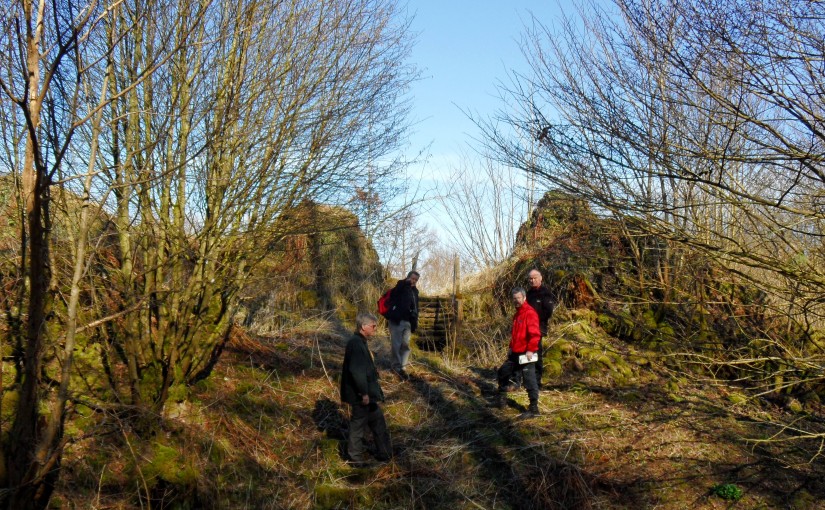Robert the Bruce is famous for leading Scotland in their wars with England in the early 14th century. He became king in 1306 and embarked on an unprecedented campaign. What you might not know is that to achieve his aims he demolished (this act is known as slighting) many of the castles in Scotland to prevent the English from using them. A chronicler writing in the 14th century remarked that “Robert Bruce had all the castles of Scotland demolished, except Dumbarton”.
Bruce adopted this policy from 1307, which explains why when he captured Tibbers Castle from the English in 1306 it was left standing. This allowed the English to recapture it soon after. The Scottish king had witnessed enough siege warfare to appreciate the role of castles and how pivotal they were to the English plan to control the country, and when he wrestled control of Edinburgh, Stirling, and Roxburgh in 1314 he set about dismantling them so that they could not be used against his own countrymen.
Today Tibbers mostly survives as a series of large earthworks with a little masonry above ground. Walking round you find some rubble tumbled down the ditches around the outer bailey and the motte, giving just a hint at what once stood here. You wouldn’t know it to look at Tibbers, but it seems that when the Scots recaptured the castle in 1313 it avoided the fate of many other fortifications in the region and was left intact.
Funding from the Castle Studies Trust and Historic Scotland allowed this site to be re-examined. A geophysical survey was carried out and a new plan of the site was carefully drawn. This research gave new insight into the early form of the castle. It found that early in Tibbers’ history the castle probably consisted of a motte with a single small bailey. When the earth and timber defences were replaced in stone the single bailey was replaced by two much larger enclosures, giving the castle the form we recognise today. This double-enclosure arrangement is quite unusual for a motte-and-bailey castle. You can see another example at Windsor Castle where the motte is flanked by two baileys.
The work at Tibbers was our first contribution to Scottish archaeology; in fact it was one of the very first grants we gave out back in 2014. Built in the 12th or 13th century, changing hands several times during the Anglo-Scottish Wars and then descending through the earls of Moray and the earls of March before being taken over by the Scottish monarchy, Tibbers has a storied past. Fortunately we have been able to add a few details to that colourful history.
Click here for the full report from RCAHMS on the survey, with a potted history of the site.
